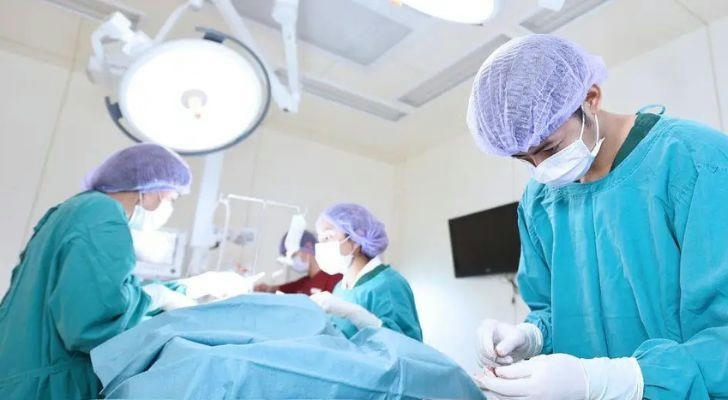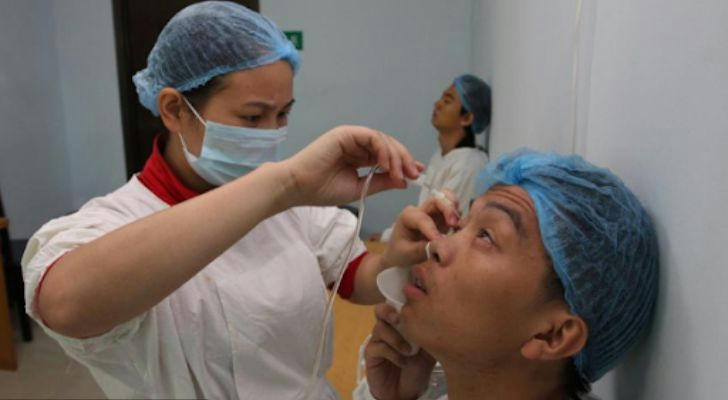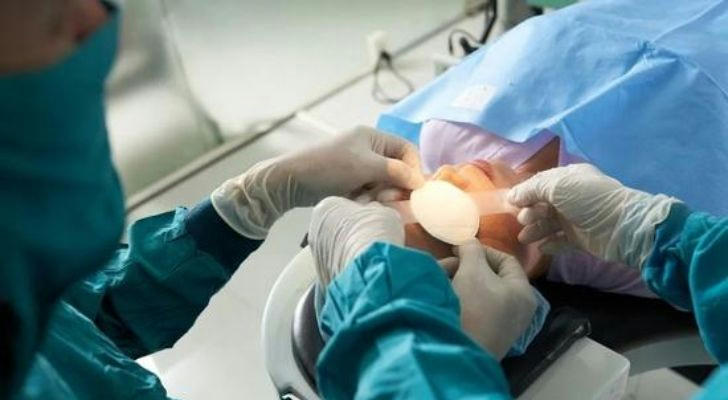Laser Eye Surgery: Clarity, Confidence, and the Science of Vision Correction
For millions of people struggling with nearsightedness, farsightedness, or astigmatism, glasses and contact lenses have long been the go-to solutions. However, laser eye surgery has revolutionized the field of vision correction, offering a long-term alternative that can improve both eyesight and quality of life. Combining medical precision with cutting-edge technology, this procedure has become one of the most widely performed elective surgeries in the world.

Understanding the Science Behind the Procedure
Laser eye surgery refers to a range of procedures that reshape the cornea—the transparent front part of the eye—so that light entering the eye can be properly focused onto the retina. The most common types include LASIK (Laser-Assisted In Situ Keratomileusis), PRK (Photorefractive Keratectomy), and SMILE (Small Incision Lenticule Extraction).
- LASIK involves creating a thin flap in the cornea, lifting it, and using a laser to reshape the underlying tissue.
- PRK removes the outer layer of the cornea entirely before reshaping, allowing it to regenerate naturally over time.
- SMILE creates a small incision and removes a piece of corneal tissue, requiring less disruption to the eye’s surface.
Each method has its own advantages depending on the patient’s eye structure, lifestyle, and health history.
Who Is a Suitable Candidate?
While laser eye surgery is transformative, not everyone is a candidate. Eye surgeons assess several factors before approving a patient for the procedure:
- Stable vision: Candidates should have a consistent eyeglass prescription for at least a year.
- Corneal thickness: Adequate corneal tissue is essential to safely reshape the eye.
- Healthy eyes: Conditions like glaucoma, cataracts, or severe dry eye can complicate the surgery or affect healing.
- Age and general health: Most surgeons recommend patients be over 18, and certain systemic conditions, such as autoimmune diseases, may affect recovery.
A thorough preoperative evaluation, including corneal mapping and tear film analysis, helps determine eligibility.

The Procedure: Precision and Speed
One of the most impressive aspects of laser eye surgery is its speed and precision. The entire procedure usually takes less than 30 minutes, with the actual laser application lasting only a few seconds per eye. Patients remain awake throughout, with numbing drops applied to prevent discomfort.
Modern lasers use eye-tracking technology to adjust for even the smallest movements during surgery, ensuring optimal accuracy. After the reshaping is complete, the corneal flap (if applicable) is repositioned, and natural healing begins almost immediately.
Recovery and Expected Outcomes
Most patients experience noticeable improvement in vision within 24 to 48 hours. While LASIK tends to offer the fastest recovery time, PRK may take several days longer due to the regeneration of the outer corneal layer.
Common short-term effects include:
- Light sensitivity
- Mild irritation or dryness
- Fluctuating vision for the first few weeks
Surgeons typically recommend a few days of rest, avoiding strenuous activities and screen exposure, and following a strict eye drop regimen to prevent infection and support healing.
Long-term outcomes are overwhelmingly positive, with the majority of patients achieving 20/25 vision or better. Many report newfound freedom from glasses or contacts, as well as increased confidence in activities like driving, swimming, or sports.
Benefits Beyond Vision
Laser eye surgery is not only about correcting refractive errors—it’s also about lifestyle enhancement. People who undergo the procedure often cite emotional and psychological benefits, such as:
- Increased self-esteem: Ditching glasses can lead to a more confident self-image.
- Improved convenience: No more dealing with fogged lenses, broken frames, or misplaced contacts.
- Greater freedom: Spontaneous travel, outdoor activities, and early mornings become simpler.
Additionally, for professionals in physically demanding or visually sensitive roles—like athletes, first responders, or pilots—having clear, unaided vision can be essential to performance and safety.

Risks and Long-Term Considerations
As with any surgical procedure, laser eye surgery carries risks. While serious complications are rare, possible issues include:
- Overcorrection or undercorrection
- Dry eye symptoms
- Halos or glare in night vision
- Infection or delayed healing
Choosing a reputable surgeon with advanced diagnostic tools significantly reduces these risks. Patients should also maintain realistic expectations—although many achieve excellent results, some may still require minimal vision correction post-surgery.
It's also worth noting that laser eye surgery doesn’t prevent age-related vision changes like presbyopia, which typically affects near vision after age 40. Some patients may eventually need reading glasses even after successful surgery.
Laser eye surgery has transformed from a futuristic concept into a reliable, life-changing option for millions worldwide. With continued advancements in technology and technique, the procedure is safer and more effective than ever. For those seeking greater clarity, comfort, and freedom in everyday life, laser eye surgery remains a compelling choice—one grounded in science and driven by the human desire to see the world clearly.
